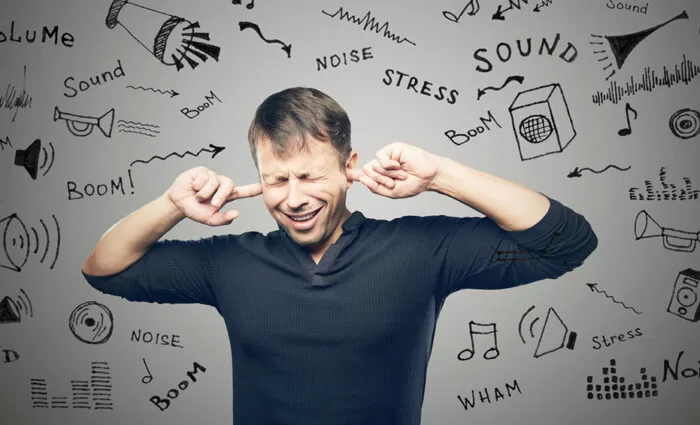Could it be that your work increases your risk of losing your hearing? It’s called occupational hearing loss and it is a very common problem. Certain work environments expose employees to loud noises that cost them their hearing without the right common sense precautions in place. Let’s review a few facts regarding occupational hearing loss and how it might factor into your job.
How Big of a Problem is Occupational Hearing Loss?
The Centers for Disease Control and Prevention estimates four million people in the United States work at jobs that expose them to damaging loud noise. It’s a problem most industries face but tends to be more common in:
- Construction
- Manufacturing
- Carpentry
- Plumbing
- Entertainment
The CDC goes on to state that a carpenter subject to regular noise like pounding hammers could have the hearing of a 50-year old at the age of 25 because of the constant loud noise.
How Can This Occupational Hearing Loss Happen?
People diagnosed with job-related hearing loss deal with loud noise repeatedly at work that eventually damages the delicate mechanisms of the ears. Think about what it would be like to listen to a jackhammer every morning, only this one isn’t on the street outside your window. It sits just one meter away from you all day. The noise level of a jackhammer at that distance is around 120 dB.
The measuring of decibels looks beyond how loud something is, too. Decibels also figure in sound pressure and intensity. In the case of the ear-wrecking jackhammer, the real problem is vibrations. Sound enters the ear in waves that vibrate and anything over the 80 dB is a potential problem. If you are standing near the person using the jackhammer, you’ll probably have some temporary hearing loss at first. The person operating that jackhammer, though, will develop permanent hearing damage after constant exposure to this high decibel sound.
This ear trauma isn’t limited to excessive exposure, either. A onetime loud noise can do damage, too. Consider a firefighter standing next to a building that explodes. This person might have permanent hearing loss even though there isn’t constant exposure to sounds at that decibel level. The intense vibration created by the explosion is all it takes to cause damage.
Will You Be Able to Tell if You Have Occupational Hearing Loss?
Unfortunately, the main symptom of this problem is the hearing loss itself. This presents workers with considerable risk because the damage happens without them even realizing it. By the time they suffer hearing loss, it might be too late to take steps to protect their ears. If you start to hear even occasional ringing in your ears, especially after work, then it’s time to find ear protection such as ear plugs or muffs to use while on the job.
If you think you have an occupational hearing loss, schedule an appointment for a hearing test. This is a regular requirement in some industries. They expect their workers to have annual hearing exams and tests to ensure they are not losing their hearing. In fact, it is very common for bartenders and servers who work in clubs where ear protection would interfere with their job.
What Should You Do if You Have Occupational Hearing Loss?
If you do think you have hearing issues related to work, take immediate measures to protect your ears. For some employees, that will mean changing jobs. Occupational hearing loss is progressive in most cases. You can limit the damage by avoiding loud noise in the future.
The next step is to schedule an appointment with a hearing specialist. If the hearing loss is conductive, meaning the nerves in the inner ear are intact, then wearing hearing aids will allow you to hear once again.
The best tool at your disposal when it comes to occupational hearing loss is prevention. If your job exposes you to loud noise, wear ear protection, but take precautions at home, as well. Don’t leave headphones on for long periods of time and protect your ears during recreational activities like shooting at the gun range. The things you do now will matter later in life when hearing naturally declines.

